#french painting
Henri Fantin-Latour (1836–1904, France)
Figure paintings
Fantin-Latour was a French painter and lithographer best known for his flower paintings. He was the most celebrated French still-life painter of the 19th Century and a friend to many artistic figures of the time (including Manet and Whistler), many of whom he painted.
Post link
Eugène Galien-Laloue (1854–1941, France)
Galien-Laloue was a Frenchlandscape artist of the Belle Époque. He was a populariser of street scenes, usually painted in autumn or winter, and his work has left us some of the most vivid depictions of everyday Paris, populated by shoppers, horse-drawn carriages, trolley cars and omnibuses.
Post link
Paul Gauguin, Vision after the Sermon, 1888, oil on canvas.
Here we see an image of a group of women witnessing a vision on Jacob wrestling the angel. It evokes a point in Gauguin’s career when he was focusing less on landscape painting, and was drawing his attention more to personal depictions of figurative and religious subjects.
In addition to this it is interesting to note the schematic style of the figures and the boldness of the colours and outline. Here we can see that stained glass windows inspired the style of this painting, as well as his increased fascination with so called ‘Primitive’ art which harks back to a simpler way of life.
Post link

—Love Birds, Fanny Nushka (x)

— La liberté guidant le peuple (Liberty guiding the people) by Eugène Delacroix, 1789 (x)


Maurice Quentin de La Tour — Portrait of Madame de Pompadour. details. 1755
Henri Matisse - Still Life with Books and Candle (1890)
- This painting is one of the first ones which he created.
Two years later in 1891 Matisse returned to Paris to study art at the Académie Julian and became a student of William-Adolphe Bouguereau and Gustave Moreau. He began painting still-lives and landscapes in the traditional Flemish style, at which he achieved reasonable proficiency. Most of his early works employ a dark palette and tend to be gloomy. Matisse was influenced by the works of earlier masters such as Jean-Baptiste-Siméon Chardin, Nicolas Poussin, and Antoine Watteau, as well as by modern artists, such as Édouard Manet, and by Japanese art. Chardin was one of Matisse’s most admired painters having made four copies of the French still-life master paintings in the Louvre. Although he executed numerous copies after the old masters he also studied contemporary art. His first experimentations earned him a reputation as the rebellious member of his studio classes.
After a discouraging year at the Académie Julian, he left in disgust at the overly perfectionist style of teaching there. Afterwards he trained with Moreau, an artist who nurtured more progressive leanings. In both studios, as was usual, students drew endless figure studies from life. From Bouguereau, he learned the fundamental lessons of classical painting. His one art-schooled technical standby, almost a fetish, was the plumb line. No matter how odd the angles in any Matisse, the verticals are usually dead true.
Moreau was a painter who despised the “art du salon”, so Matisse was destined, in a certain sense, to remain an “outcast” of the art world. He initially failed his drawing exam for admission to the École des Beaux-Arts, but persisted and was finally accepted.
Post link
Henri Matisse - Self Portrait (1918)
- Henri-Émile-Benoît Matisse was born at eight o'clock in the evening on the last night of the year, 31 December 1869, Le Cateau-Cambrésis is in the extreme north of France near the Belgian border. The house had two rooms, a beaten earth floor and a leaky roof. Matisse said long afterwards that rain fell through a hole above the bed in which he was born. He was known for both his use of colour and his fluid and original draughtsmanship. He was a draughtsman, printmaker, and sculptor, but is known primarily as a painter.
In my opinion he is one of the greatest painters of all time!
Post link
Henri Matisse - The Lute (1943)
- Hi my dear followers! I have just recognised that it’s almost summer! I have 4 more exams, and in a month the real summer will starts for me too! I wish everyone a beautiful day and happy holidays with this exotic and colorful Matisse painting! It’s totally reminds me to summer, love it!
Post link

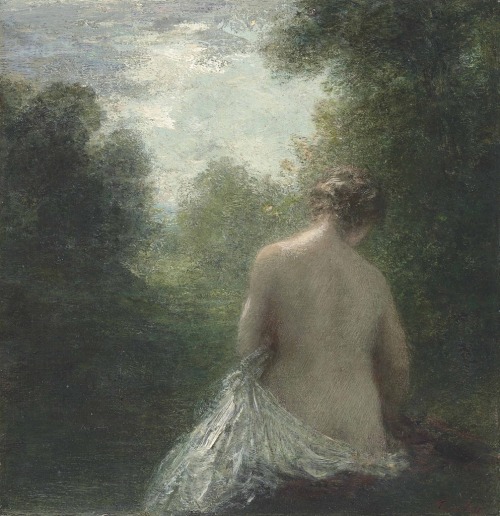



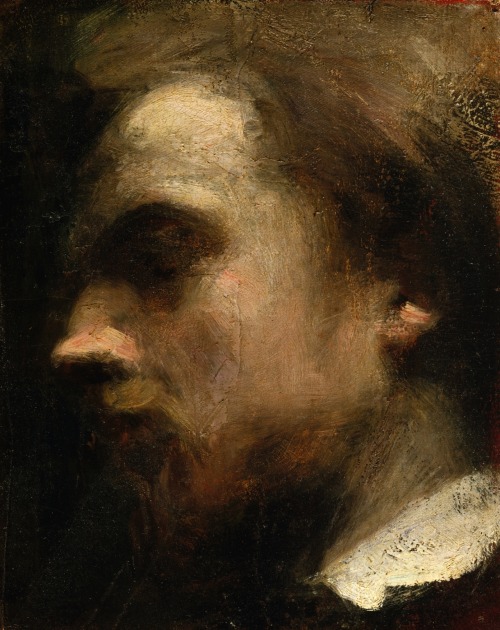
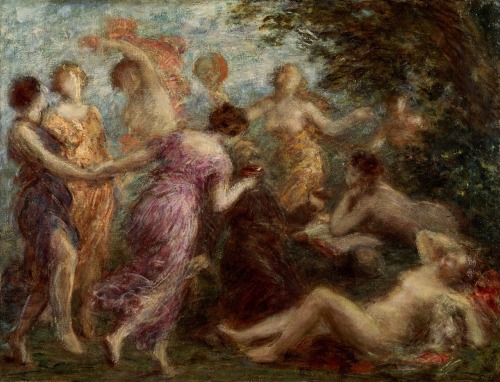



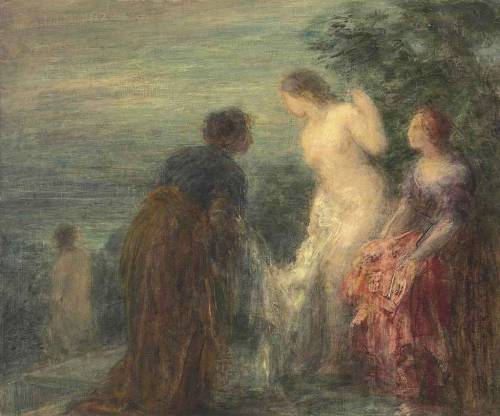

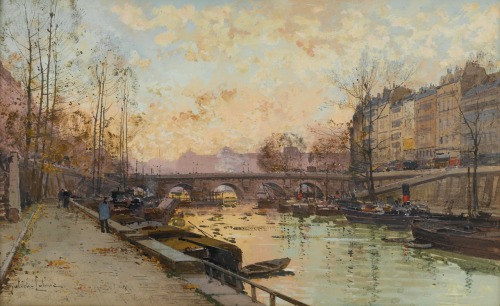





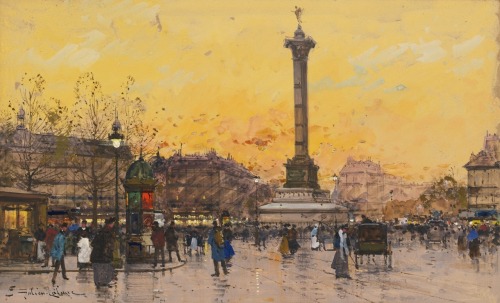


![does anyone still care about this blog? legit questionxoxoMonet [x] does anyone still care about this blog? legit questionxoxoMonet [x]](https://64.media.tumblr.com/2911588b10d8acd1d12e1cde2edc2182/tumblr_pj4rrfjzJW1u3xsl3o1_500.jpg)



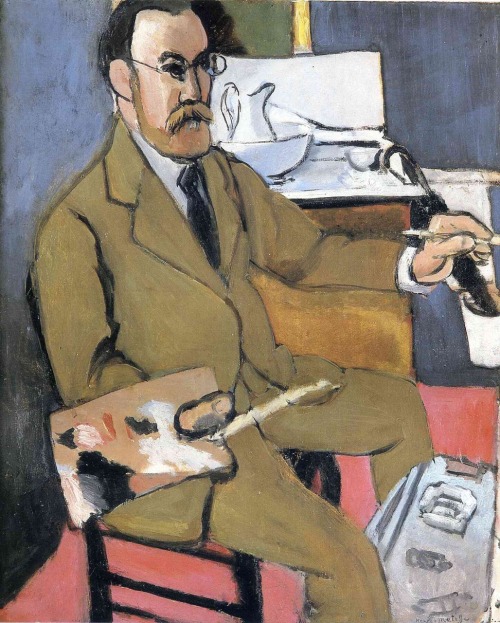

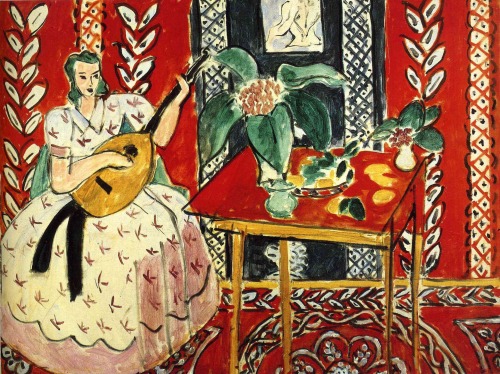
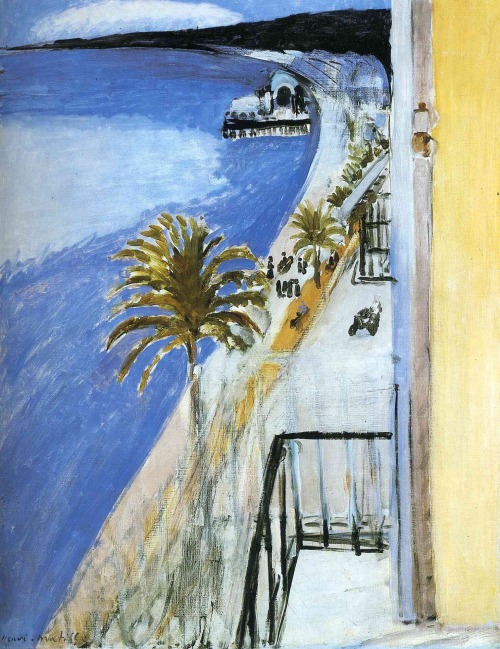

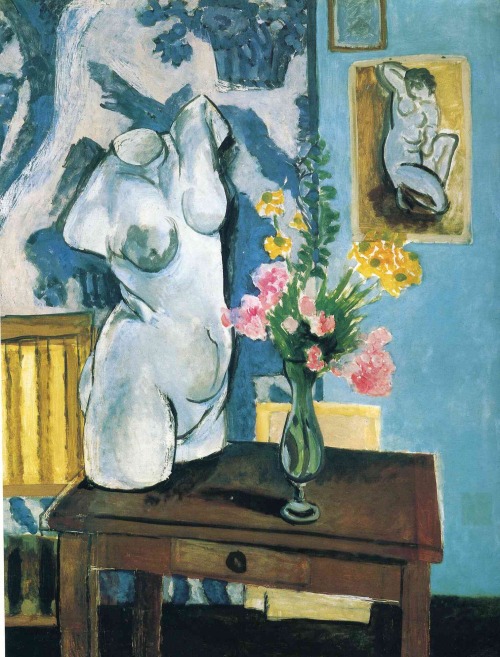


![Charles-Amable Lenoir [French. 1860 - 1926]A Nymph in The Forest. c. 19th - 20th century Charles-Amable Lenoir [French. 1860 - 1926]A Nymph in The Forest. c. 19th - 20th century](https://64.media.tumblr.com/5569c7963f269cfdbd256c5cb3c8137a/8a02a542514ba18e-5a/s500x750/cb272d74ce2dc3618d6c7878fca4a56443187daa.png)